HOW STREET PHOTOGRAPHY CHANGED MY LIFE:
“Reading People”
BLOG SERIES BY ALEC RILL – Part 2
Welcome back.
In my previous post I listed the various lessons I learned by getting close and interacting with people when practicing street photography. These lessons made me not only a better photographer but also changed the way I relate to people: they made my relationships more meaningful.
I want to share with you the first lesson: the ability to “read” people.
I thought I was good at it. Consider the photograph below. You don’t need to understand Asante Twi (the language spoken in Ghana) to know that this woman didn’t want me to take her photo.

It’s clear that body language is an important element when “reading” your subject’s mood, but body language is nuanced—it involves, of course, facial expressions (as seen in the eyes, mouth, jaw, lips, etc.) but also hand gestures, body position, posture, movements, personal space, and much more. But even these elements aren’t the only ones: Consider a combination of signals, such as a clenched fist and an innocent smile.
Most importantly, what is your role as the photographer and as an interlocutor? Are you just the photographer or does your behavior influence the scene? In quantum mechanics’ terms: the fact that you conduct the experiment determines the experiment’s result.
In the words of Socrates, you need to Know Thyself!
Come with me on the journey I began in Ghana three years ago that started with self-awareness and learning how to “read” people in order to photograph them, and culminated in my ability to do the same when talking to people, friends, and strangers alike.
Consider the following photograph. A relaxing afternoon in small Ghanaian village. A young mother and her child. Obviously, the mother is aware of me, but what do you see? Is she annoyed, is she intrigued, is she proud of having her child photographed? What does her body language say?

Now look at this photograph of a family in lower Manhattan. The delight of the girl on the left is obvious, but is the father trying to shield himself from the blazing sun or from the intruding photographer?

Many times, we know the subject’s disposition right away and we can act accordingly. The question is, what do we do? If we sense hostility we can, in a street photography context go away; the same thing in a social situation. Or we can choose to engage and dissipate and establish trust. It’s up to us. But for that, we need to know what we are confronted with.
We need to learn how to read what’s in front of us (there is a lot of material about reading body language—I can direct you to it. I will highlight here just some of the basics). This will help you read your subject for the purpose of taking a photo and can also help you read your friend or a stranger.
When these guidelines become second nature, you will feel the mental state of your subject.
| EMOTION | WHAT TO LOOK FOR |
| Aggression | frowning, rigid body, red face, invading your space aggressively |
| Boredom | blank expression, yawning, slouching, distracted behaviors |
| Defensiveness | covering a vulnerable body part, crossing arms or legs, rigidity, making himself small |
| Dominance | standing erect, spreading the legs, making himself big, intense gaze |
| Deceptiveness | tense body, forced smile, hands in pockets, biting the inside of the mouth |
| Relaxed | open hands, relaxed gaze, loose shoulders and limbs |
| Submissiveness | very still, chin turning down, touching the face, offering the palms of the hands |
| Sadness | drooped eyelids, corner of lips pulled down |
| Surprise | eyelids raised, brow raised, jaw dropped |
| Anger | eyelids tight, brow low, lips pressed together |
| Disgust | wrinkled nose, raised upper lip, protruding lower lip |
| Fear | eyes wide open, lips stretched horizontally |
| Happiness | corners of mouth lift in a smile, eyelids tighten, cheeks raised |
Reading people is just the beginning. You need to act on what you read. That’s where the self comes in. As a photographer, do you want to capture an emotion, do you want to interact and affect what you capture, do you want to change the emotion of your subject?
For that, you need to Know Thyself. What kind of photographer are you? What do you want to capture? Depending on your answer, you need to activate your body language: you can make your subject comfortable, you can establish trust, you can use the same body and facial gestures we just described, use your hands, your lips, your limbs.
It is a well-known psychological fact that people mirror the gestures of the person in front of them; use what you learned and decide who you want to be! Do you want to interact with your interlocutor and passively engage in social interaction, do you want to affect the mood, do you want to establish a closer relationship? You decide!
As a photographer, sometimes I want to capture the raw scene as I see it, but other times, I want to be part of the adventure: I want to interact, establish trust, and engage my subject. My best pictures—in my view—are when I accomplish a level of intimacy that is reflected in my photos.
In a social setting (outside of photography), the relationships I value most, are the ones emanating from a deep sense of trust.
The photo below is an example of the close connection I established with these children in Ghana. I sat down with them, engaged with them, we drank a “Squeeze” together. I still didn’t speak Asante Twi—it was all attitude and body language. From a photographic point of view, I broke many “rules”: “your subject shouldn’t be looking at the camera,” “your subject’s eyes should be visible.” But when I see this picture, I feel our connection: I see the kid in the foreground playfully “hiding” from me but really being happy that I was there with them; the one in the background was playfully hiding her face until she wasn’t: I captured the moment when she bared her face—and her soul—and connected with me as one human being to another.
In any case, that’s what I see. What do you see? Photography, like relationships, are open to interpretations, but they reflect who you are!

In my next post/blog, we will discuss how to let the other person feel free to express their opinion.
Until then…keep taking pictures
Alec Rill


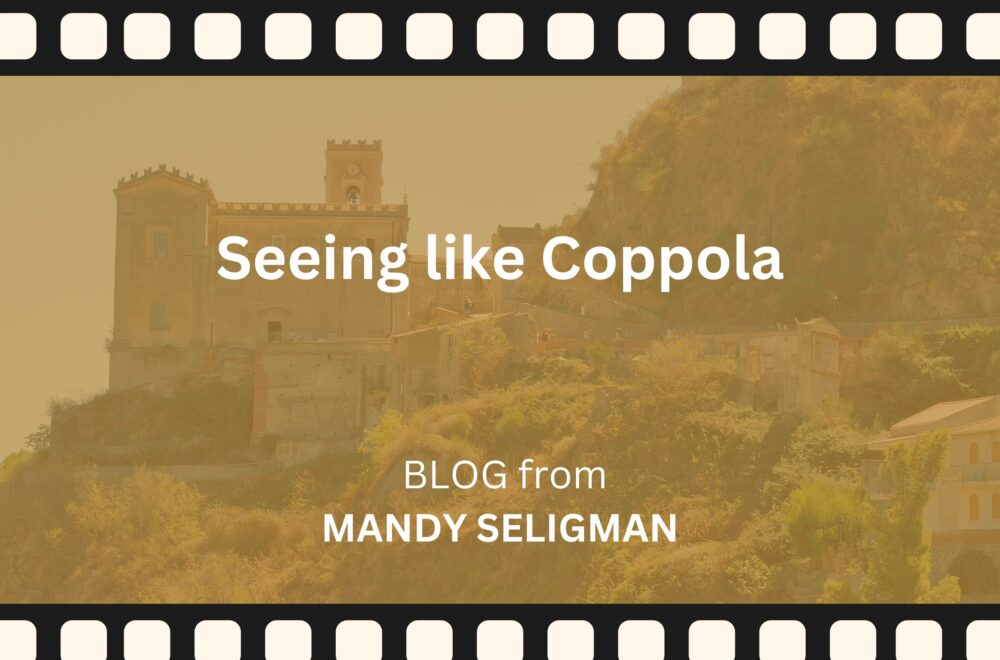
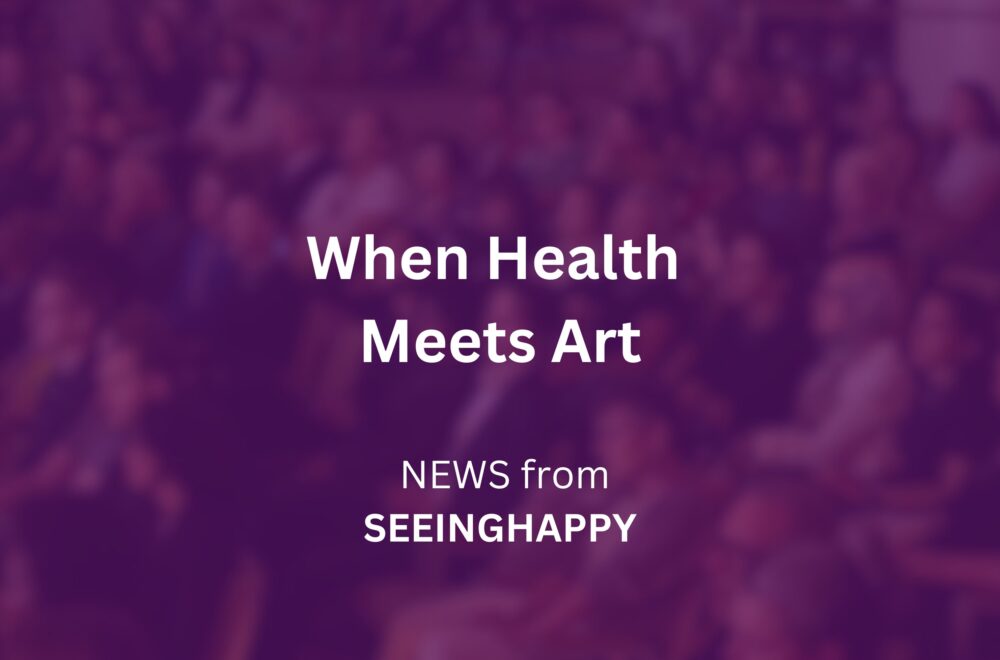
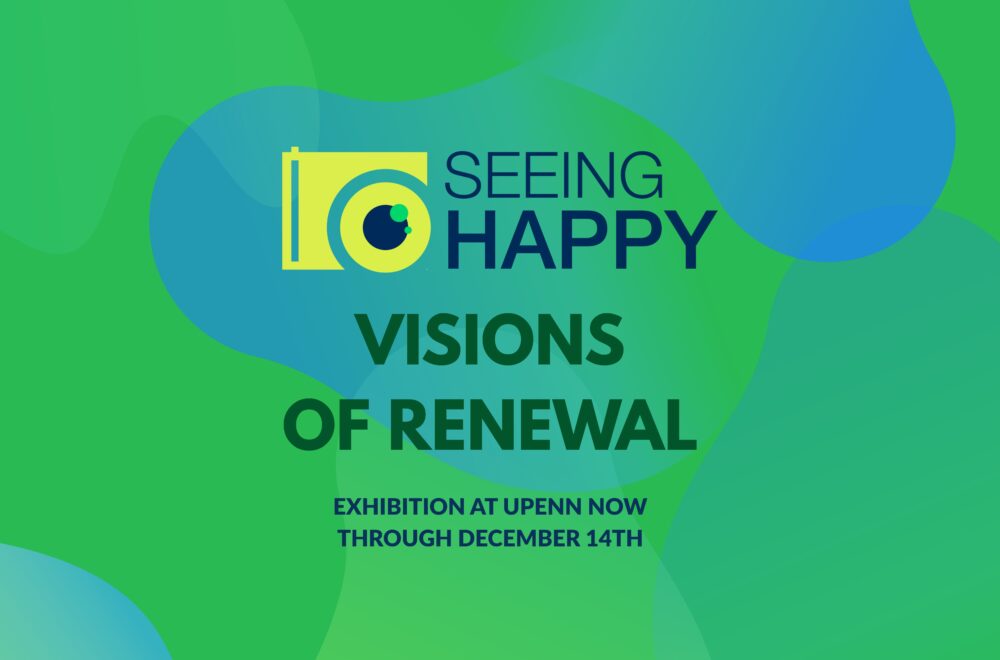
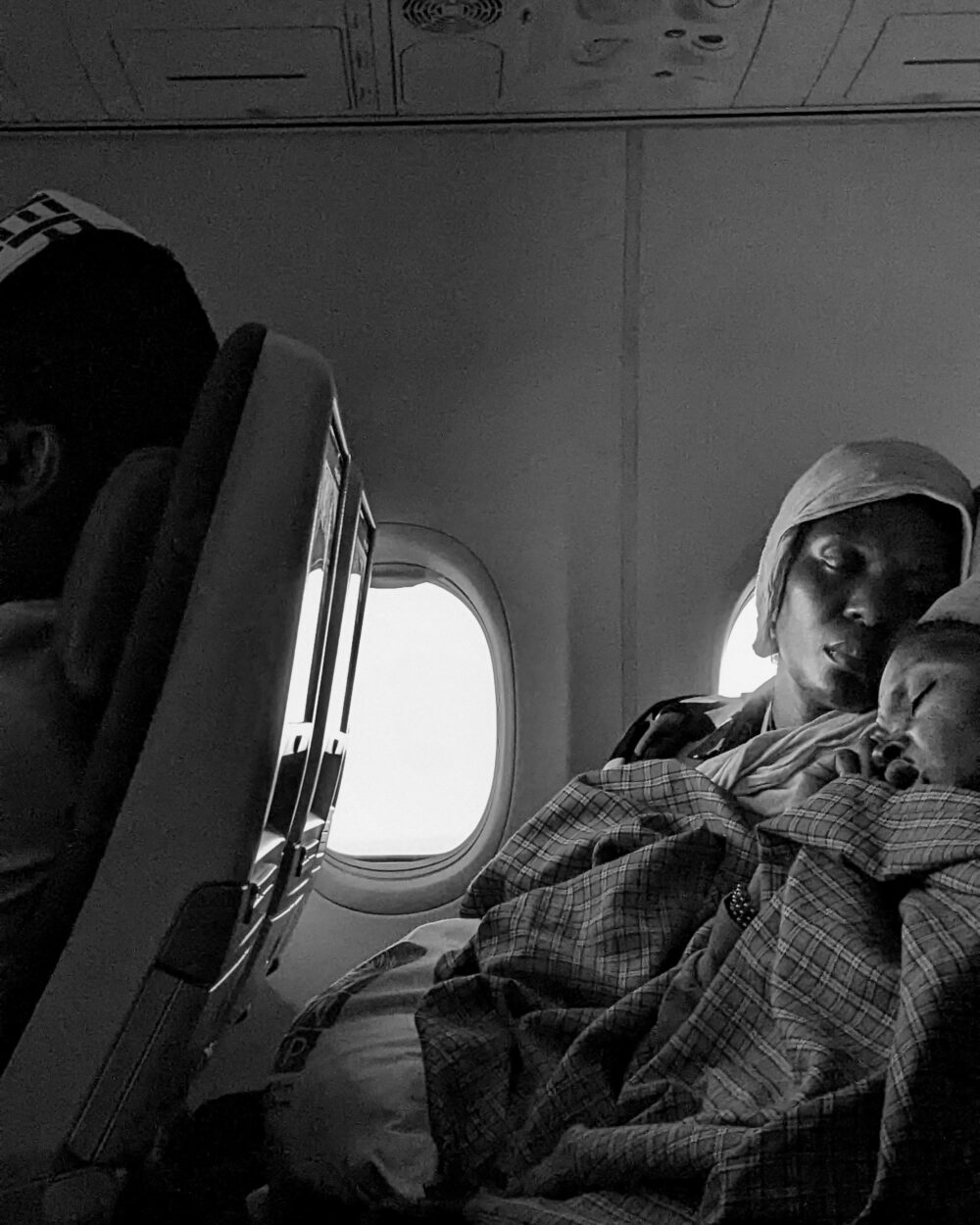
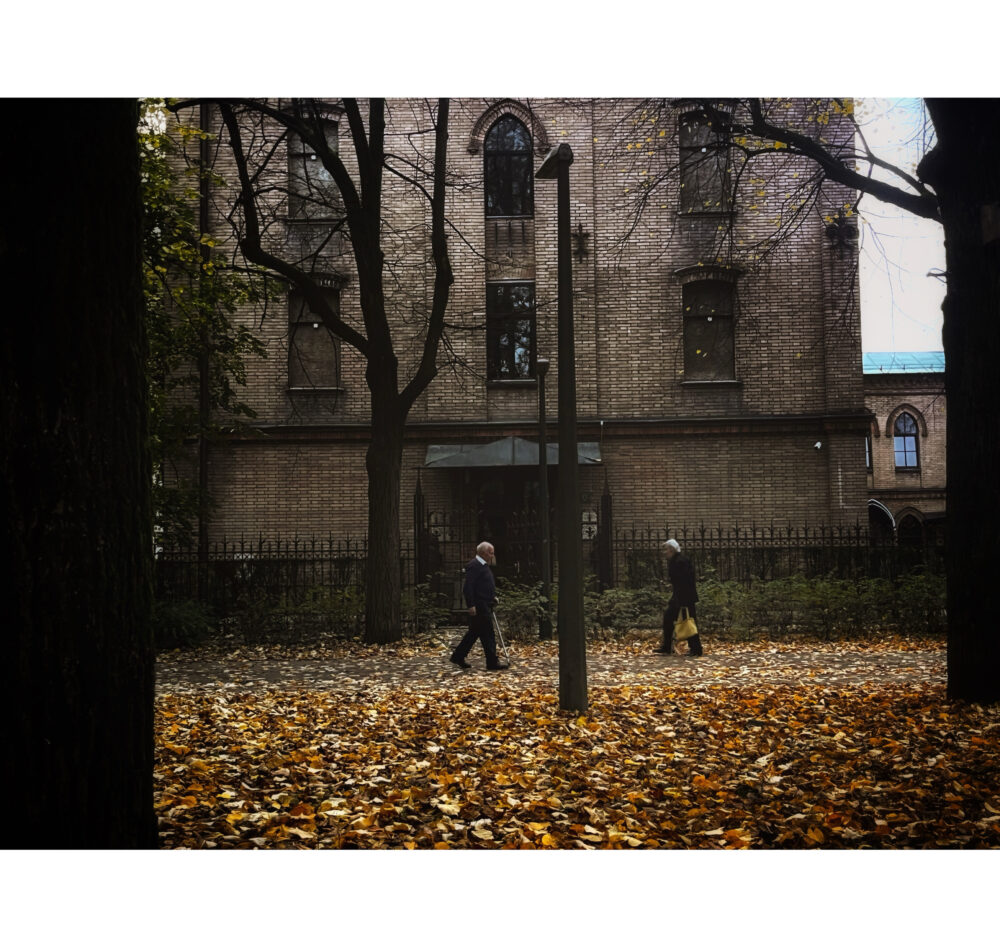
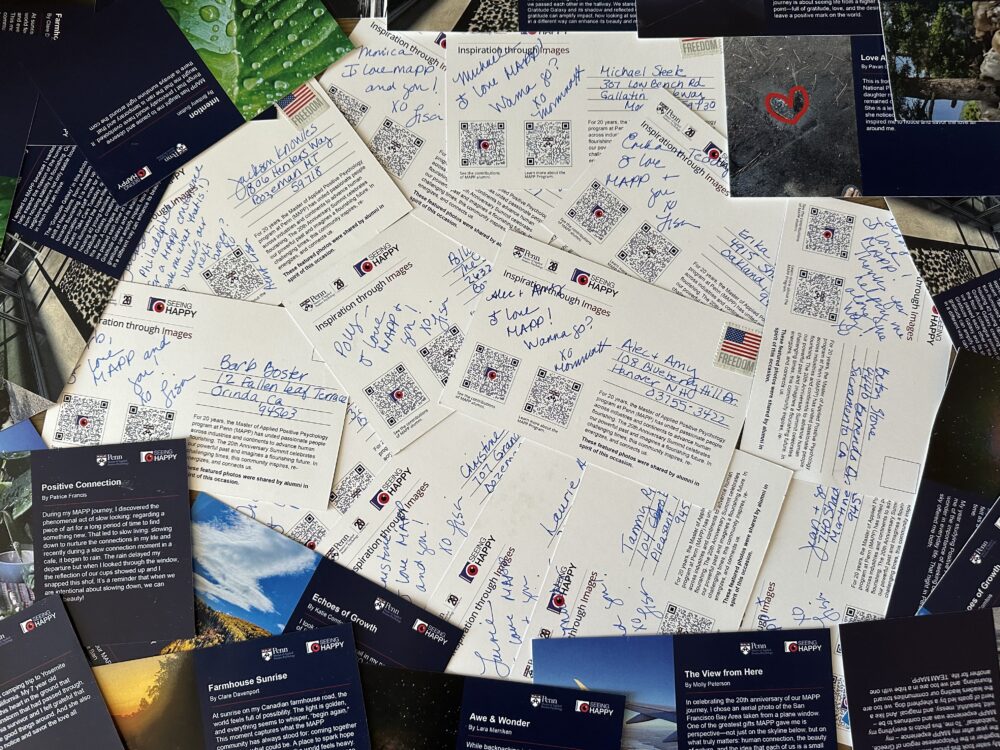
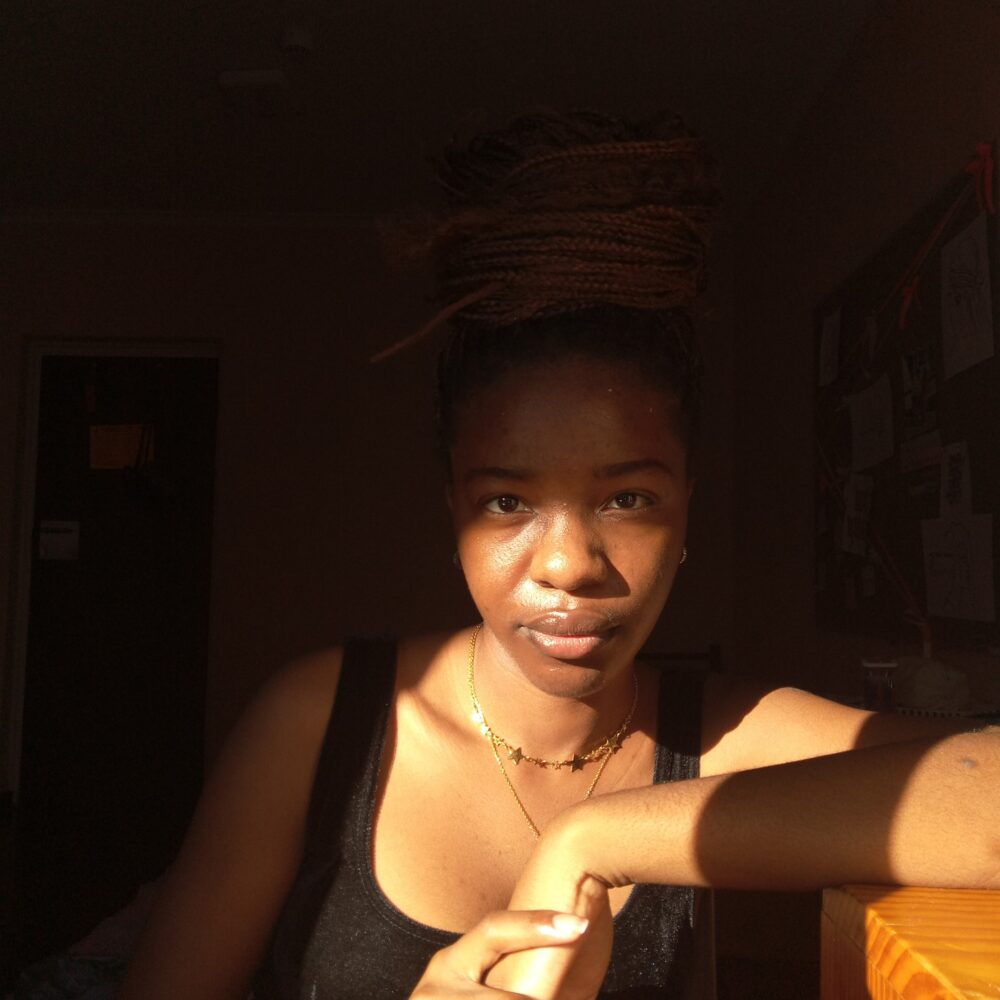
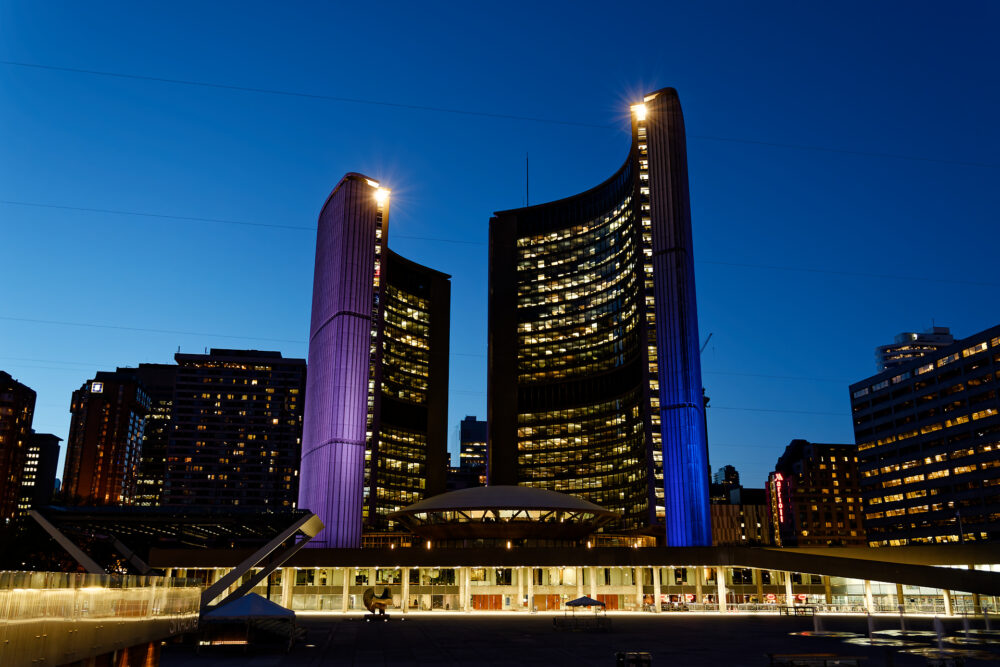
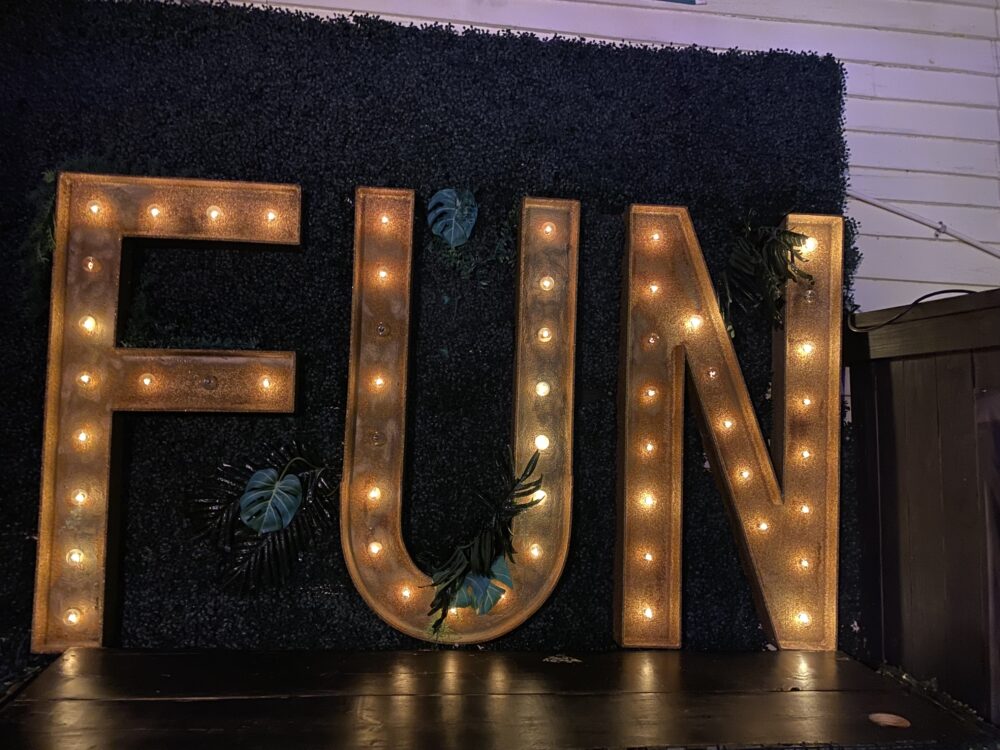
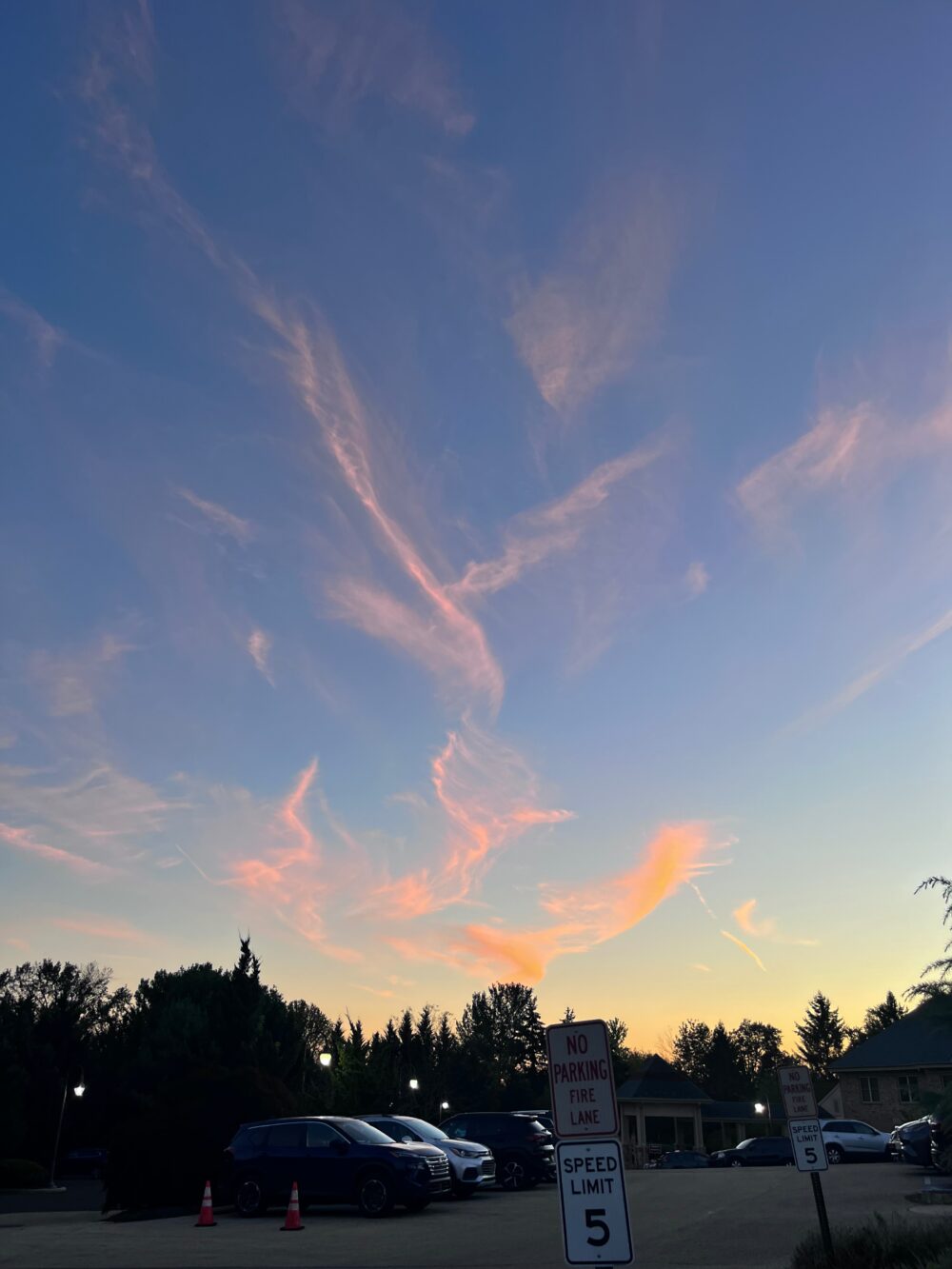
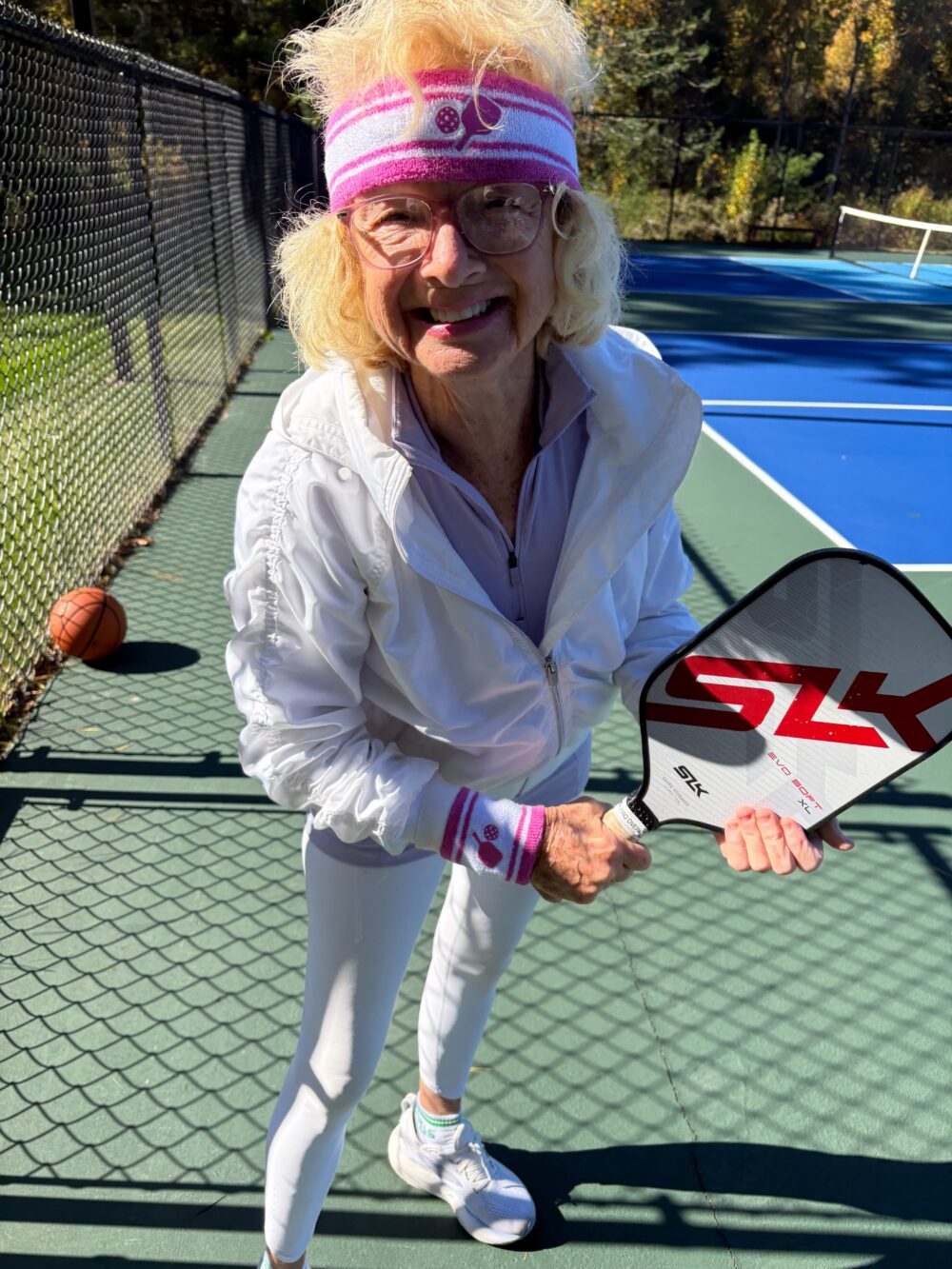
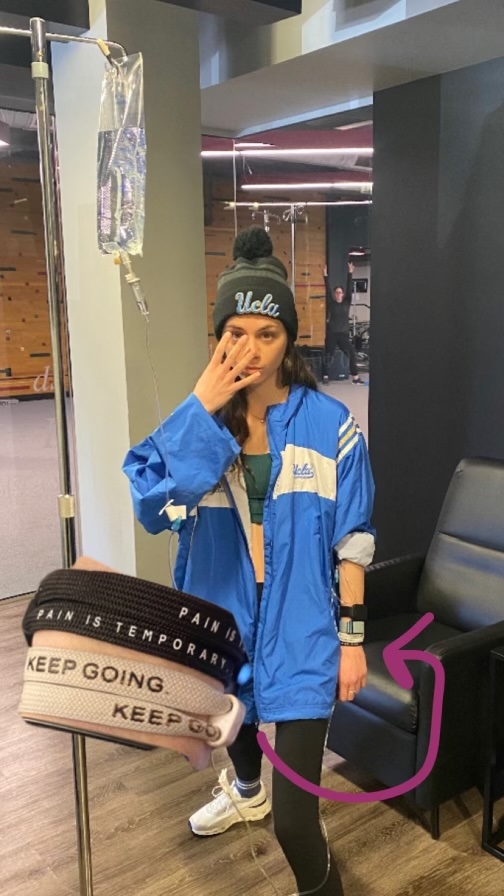

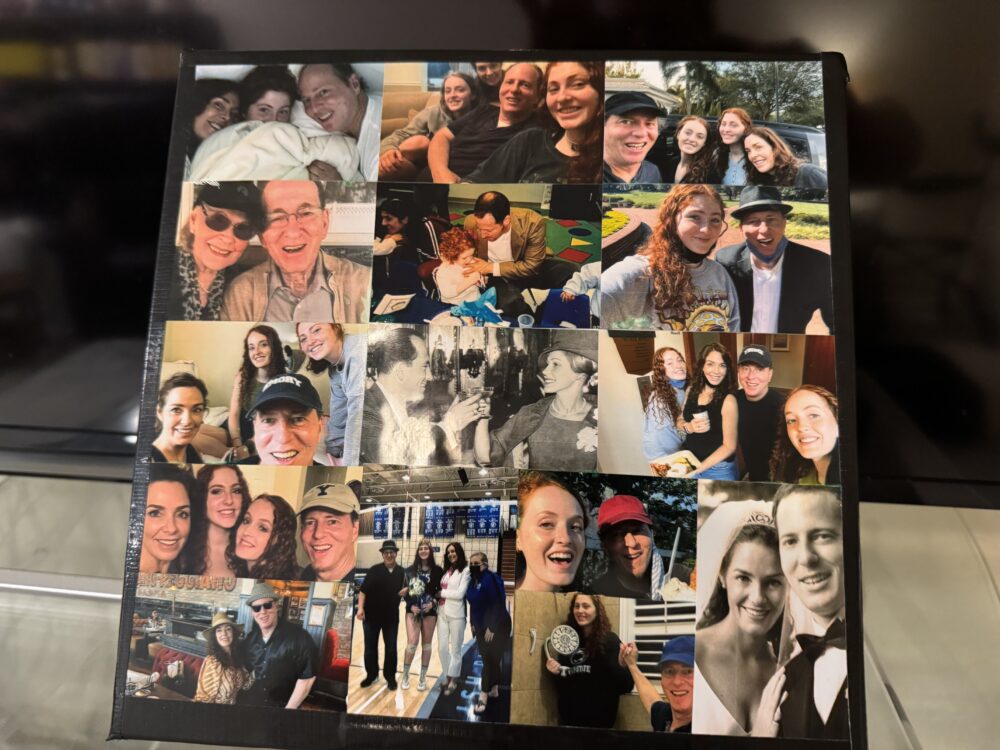
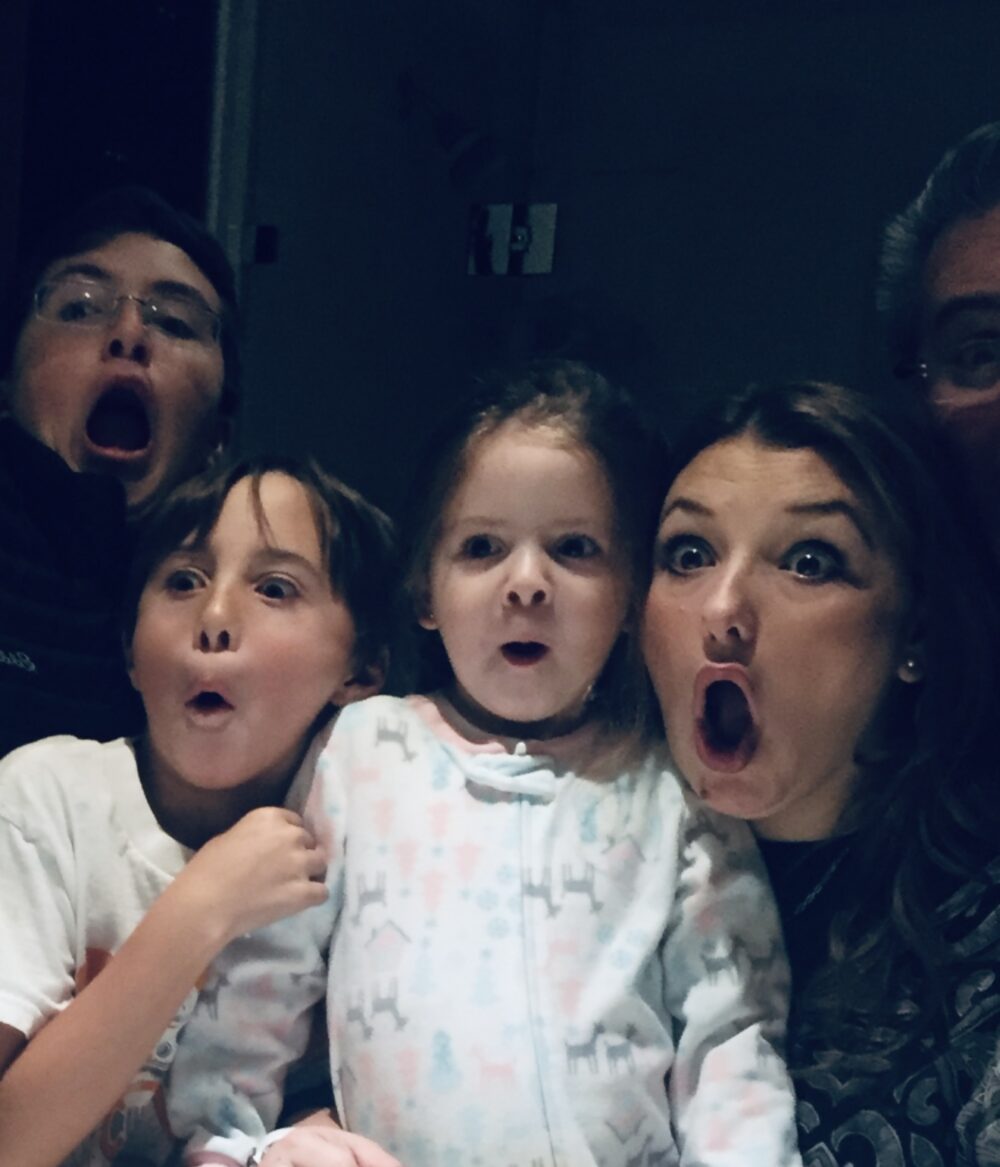
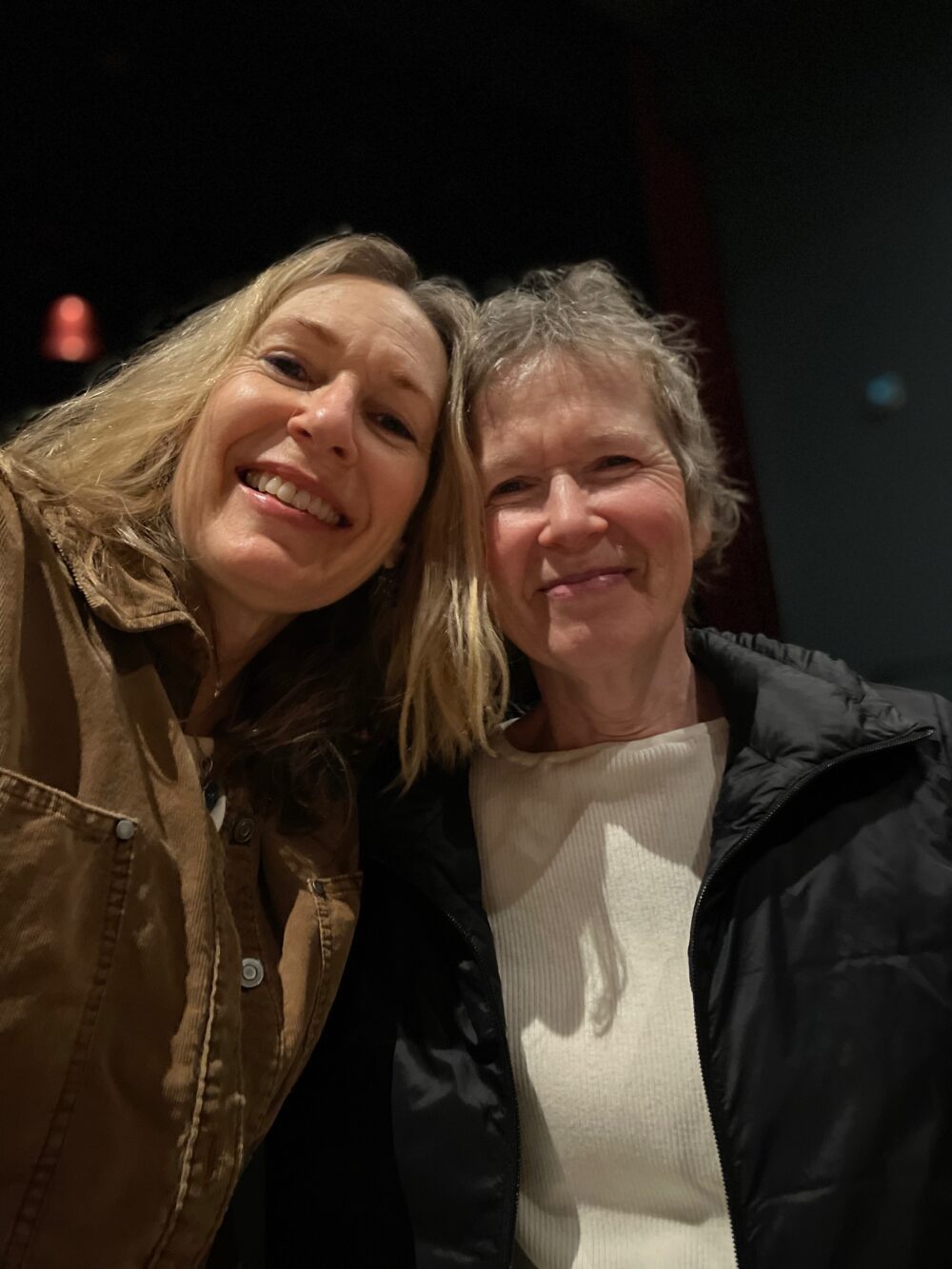

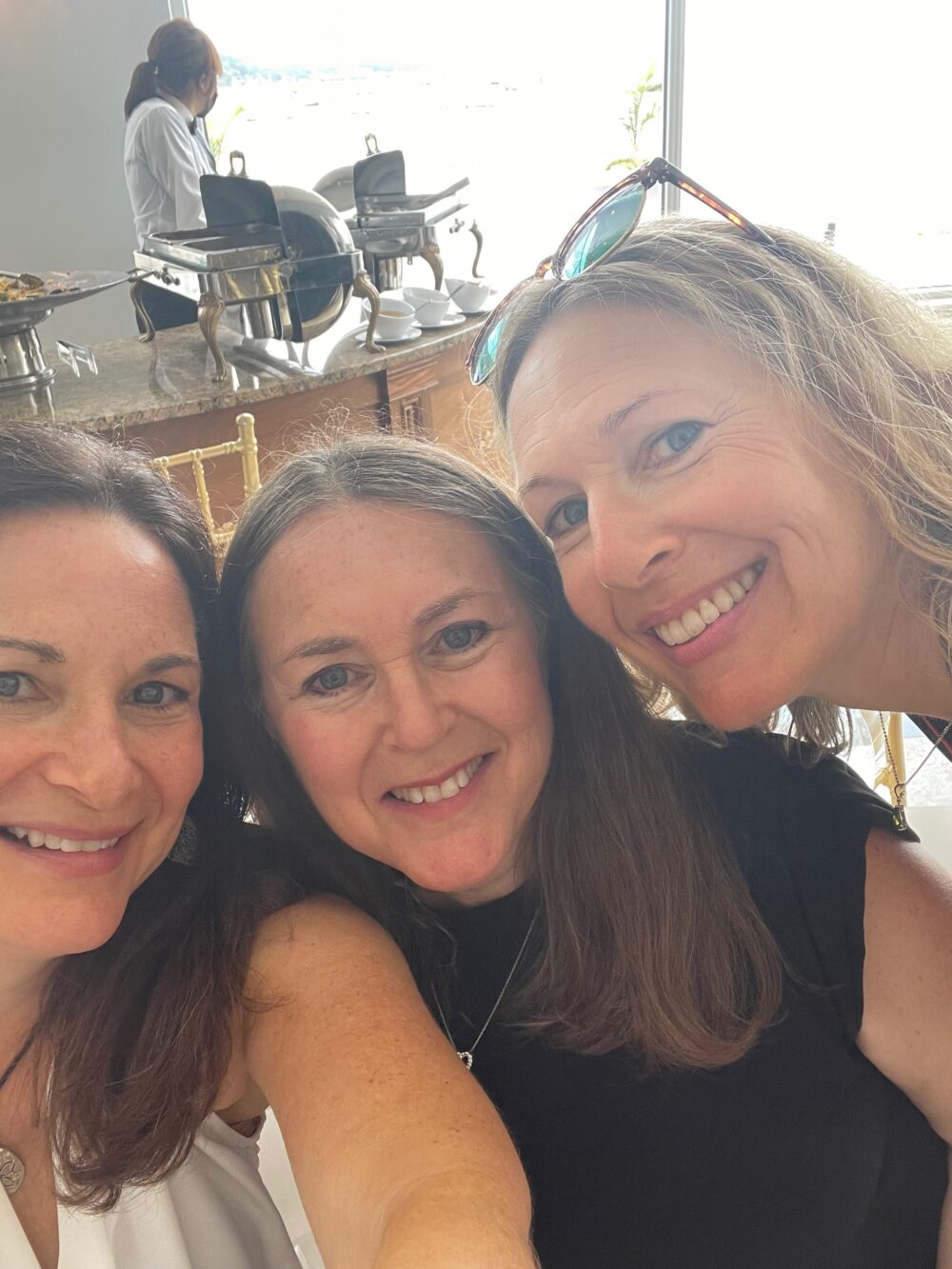


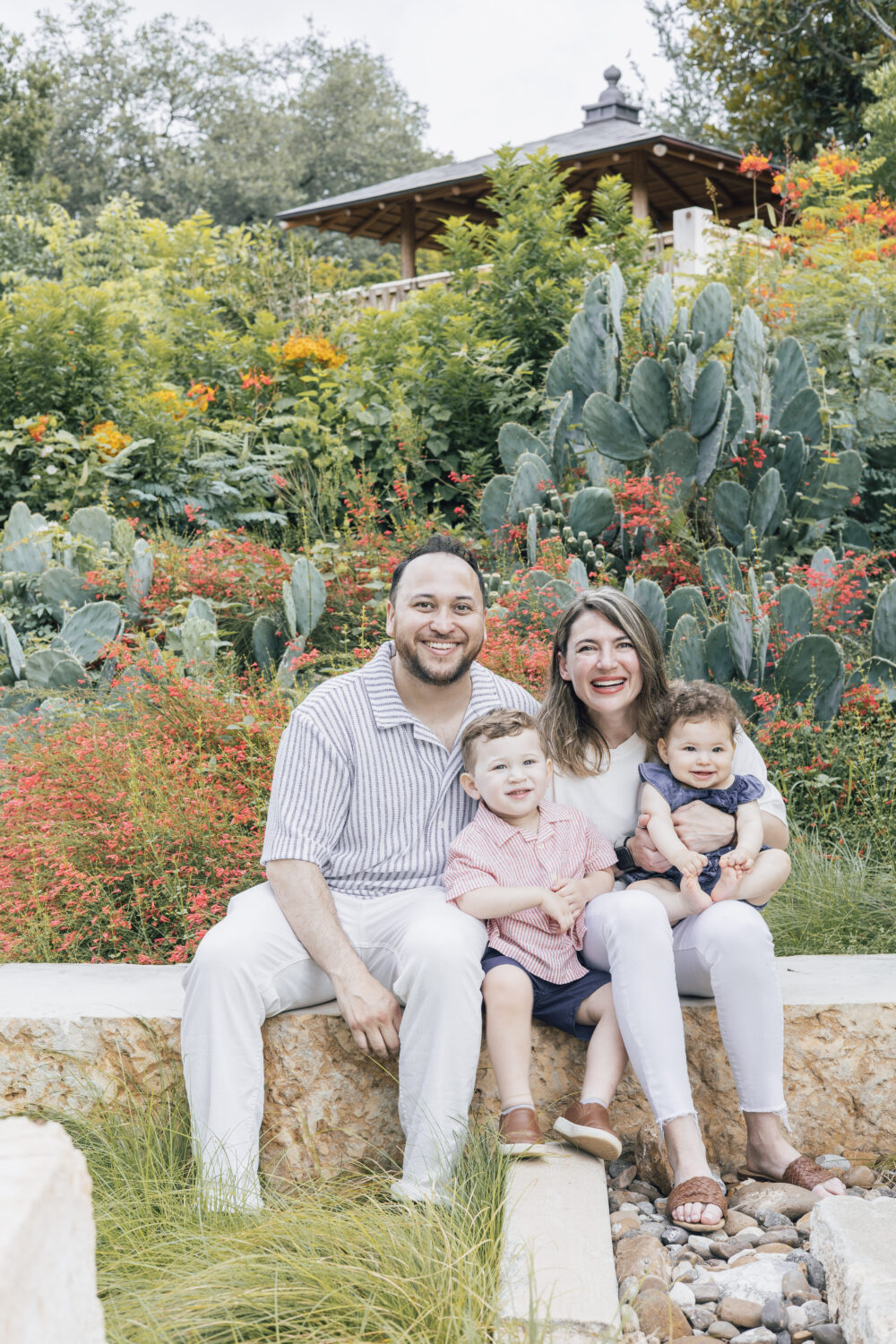
4 thoughts on “Reading People (Part 2/8)”
I love it
I also react to the subject in my photos because you are a part of it at the moment you take out you camera.
That the reason we all love Children’s spontaneity
Wonderful blog and photos (and excellently edited)!
Thank you! I’ll pass your comment to my editor
So interesting !!